Up to now, the Institute has mastered the technology, manufactured UAV products with suitable design configuration and reliability, tested through thousands of flight hours, contributing significantly to the goal of building a modern, dual-purpose defense industry.
Major Dang Quang Hieu, Deputy Head of the Unmanned Aerial Vehicle Research Department, Air Defense - Air Force Technical Institute, said: The military UAV lines researched and developed by the Institute all have outstanding technical and tactical features in terms of speed, flight ceiling, flight time, and the ability to operate in environments with complex combat conditions, anti-interference, and anti-spoofing of satellite signals thanks to adaptive filtering algorithms combined with the use of directional anti-interference antenna technology...
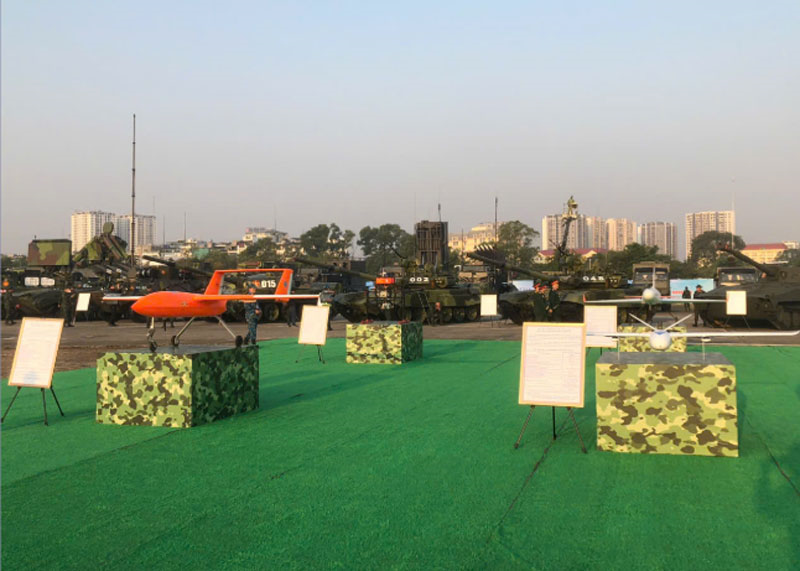 |
Some types of UAVs researched and manufactured by the Air Defense - Air Force Technical Institute are on display at the 2024 International Defense Exhibition. Photo: CHI CONG |
The most important requirement in UAV research is the integration of core technology, from precise aerodynamic design, selection of lightweight but durable materials to mastering automatic guidance systems, real-time data transmission, information security and anti-electronic jamming capabilities. These are major challenges, because just a small error in the aerodynamic model or a delay in the control system can cause the entire flight to fail. In particular, aerodynamic design is one of the first and most important steps in the UAV design process. Compared to UAV products using propeller engines, UAVs using jet engines allow subsonic flight, with complex movement states. Therefore, aerodynamic design requires even more precise calculations. In addition, in the overall configuration of the UAV, the electrical and electronic system is considered the control "brain", playing a key role in all activities. This system includes: Autopilot controller, inertial navigation system, sensor system, data transmission system and information link with ground control station...
With research efforts, officers and engineers of the Air Defense - Air Force Technical Institute have applied semi-natural simulation technology to verify the aerodynamic and control characteristics of UAVs in simulated conditions close to reality. Up to now, the Institute has mastered many core technologies, notably anti-interference technology, anti-spoofing satellite signals, integrating artificial intelligence so that UAVs can process data themselves, identify targets and terrain. In parallel with mastering the technology of designing dynamic systems and electronic systems, the team of officers and engineers of the Institute has also mastered the technology of manufacturing the body and structure of UAVs with outstanding features.
At the UAV manufacturing and assembly workshop, the process of manufacturing the body and structure is arranged in a closed process. According to Lieutenant Colonel Dao Minh Tien, researcher, Unmanned Aerial Vehicle Research Department: In designing and manufacturing the body and structure of UAV, the top requirement is to harmoniously combine durability, rigidity and light weight. This is the factor that directly determines the flight ability, payload and stability of the vehicle. During the research and testing process, engineers have mastered advanced material technology, from fiberglass, composite to ultra-light carbon. After completion, the designs are loaded into CNC machines and automatically cut to ensure high precision.
In particular, the Air Defense - Air Force Technical Institute has mastered the Gelcoat technology combined with vacuum. This is an important step forward in the production of aviation materials. This technology helps UAVs not only have a lighter weight than traditional manufacturing methods, but also increases the durability, hardness and uniformity of the material, high load-bearing capacity and product life.
In the journey of researching and developing UAVs, the first and most important mark of the Air Defense - Air Force Technical Institute must be mentioned as UAV models used as flying targets, directly serving the training, exercises and live-fire of Air Defense - Air Force units. These products have created a breakthrough in the field of unmanned aviation, with the ability to flexibly simulate many combat scenarios, from low flying, high flying to high-speed, long-distance flying, ensuring stable flight trajectory and flexible response ability. Typically, the M400-CT2 UAV is designed and manufactured to be compatible with the aiming and fire control system of the Su30-MK2 aircraft in terms of speed, maneuverability, interface, meeting the requirements set out to be a target for interception of this type of fighter. In addition, the UAVs are designed with optimal structure and superior load-carrying capacity, allowing the M400-CT2 to be converted into a combat UAV.
With the ability to take off and land vertically, the RAV-80 multi-role aircraft is equipped with an electro-optical camera system, allowing detection and tracking of targets with high accuracy, synchronizing target information on coordinates and images in real time, helping the commander make timely combat decisions. Or the new FPV (First Person View) UAV line successfully manufactured by the Research Institute with a camera system and direct image transmission along with high maneuverability, quickly adapting to complex situations; in particular, thanks to the application of artificial intelligence and edge processing technology (edge AI) to the control system, opening up the trend of autonomous, semi-automatic FPV UAVs, minimizing human intervention. This is an important step forward in mastering the core technology of the new generation of UAVs, demonstrating the research capacity, creativity and breakthrough of the staff and engineers of the Air Defense - Air Force Technical Institute in approaching the development trend of UAVs in the world./ .
Source: https://www.qdnd.vn/quoc-phong-an-ninh/xay-dung-quan-doi/vien-ky-thuat-phong-khong-khong-quan-tiem-can-xu-the-phat-trien-uav-tren-the-gioi-912781


![[Photo] Nhan Dan Newspaper displays and solicits comments on the Draft Documents of the 14th National Party Congress](https://vphoto.vietnam.vn/thumb/1200x675/vietnam/resource/IMAGE/2025/10/26/1761470328996_ndo_br_bao-long-171-8916-jpg.webp)







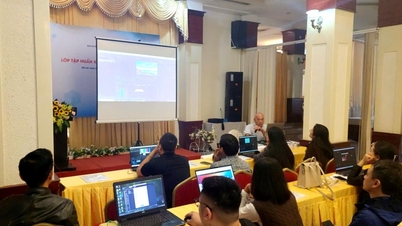
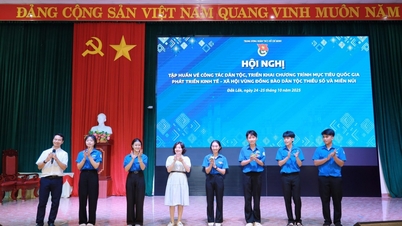

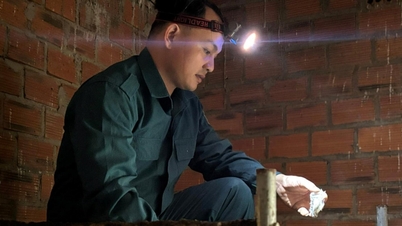
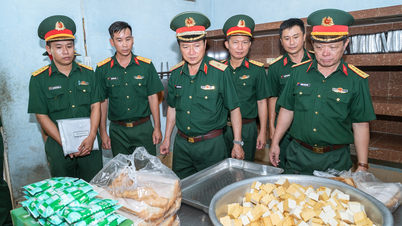


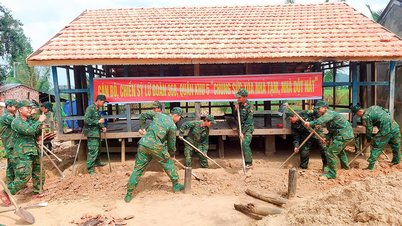
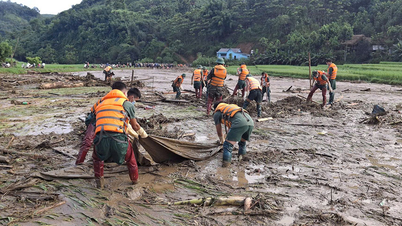
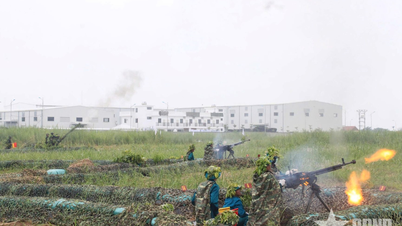
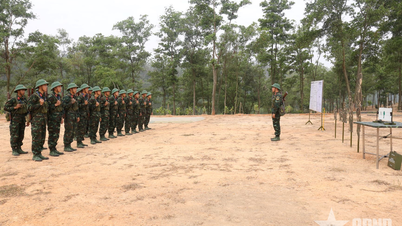
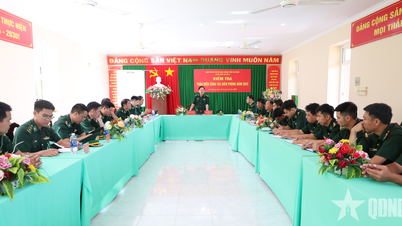
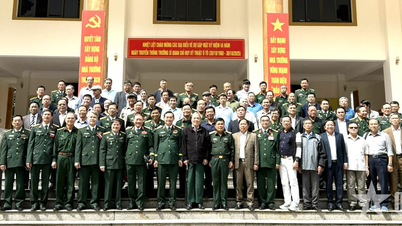





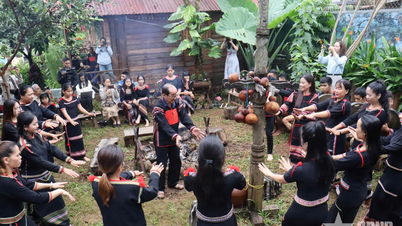
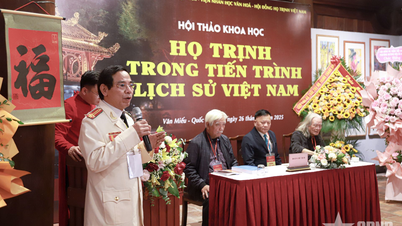














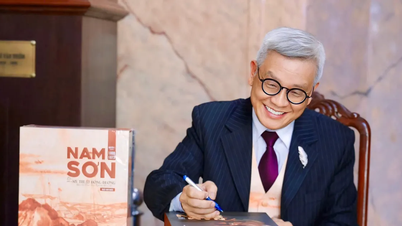




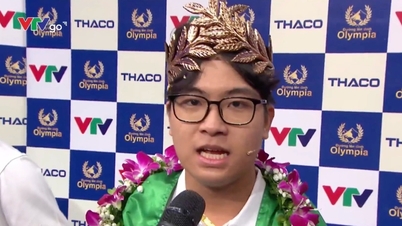

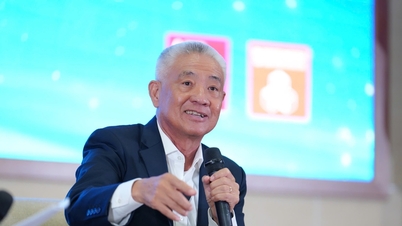
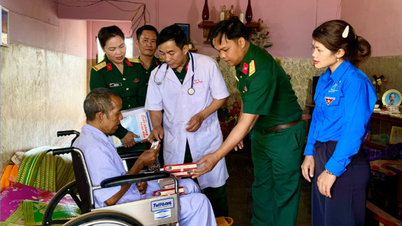



















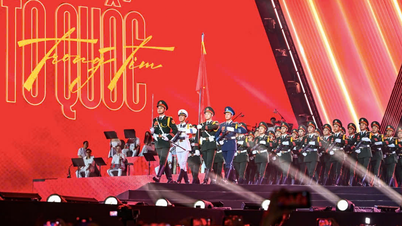




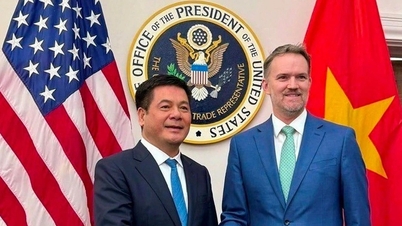


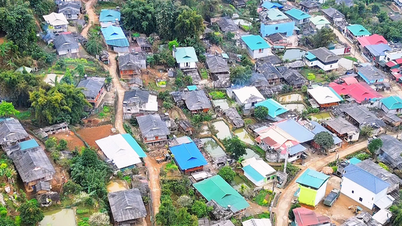

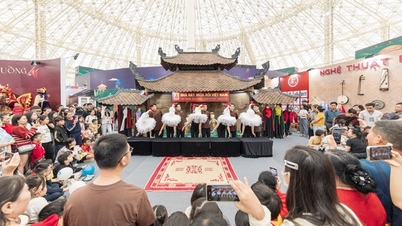
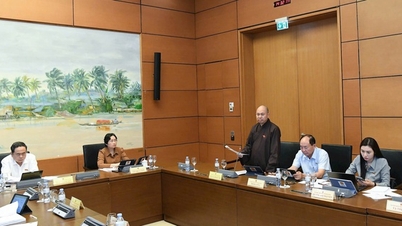
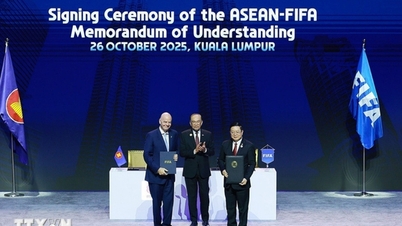






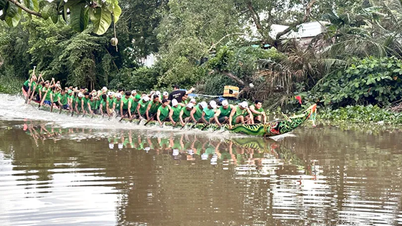

















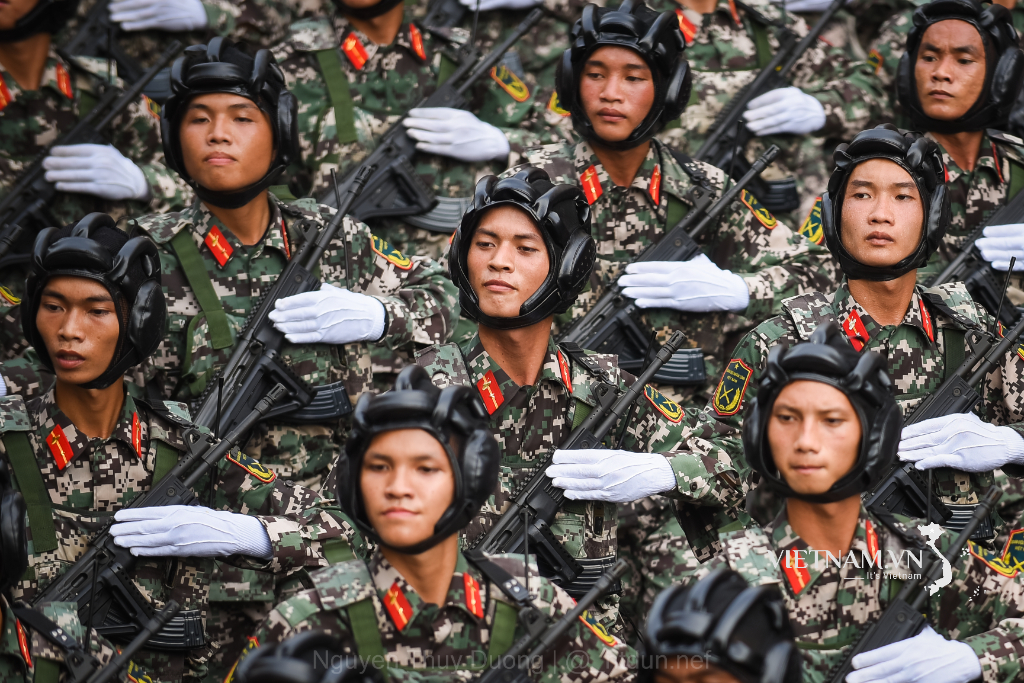
Comment (0)